Residents of the Capital experienced “poor” air for the second day running on Monday as a shallow haze of pollution continued to hover the city, prompting the Commission for Air Quality Management (CAQM) to hold an emergency meeting, during which it was decided to invoke all 27 measures under Stage-I of the Graded Response Action Plan (Grap).

Sunday was the first “poor” air day since the monsoon withdrew, marking the beginning of a transition to winter when meteorological factors, farm fires in Punjab and Haryana, and local emissions create a toxic cocktail in the city’s air.
On Monday, the average air quality index (AQI) stood at 234 (poor) at 4 pm on Monday – a deterioration from Sunday’s 4 pm reading of 224 (poor), according to Central Pollution Control Board (CPCB) data.
Experts attributed this deterioration to calm winds, low temperature and local sources of pollution.
ALSO READ- Baba Siddique murder: ‘Salman Khan should apologise to Bishnoi community,’ says BJP MP
Noting that AQI was likely to stay in the “poor” category in the coming days due to unfavourable meteorological conditions, CAQM said that Stage-1 measures will come into effect at 8am on Tuesday.
To be sure, measures in this category of Grap are meant to be preventive rather than restrictive, with an aim to curb rising air pollution.
The 27 measures include shutting down any construction and demolition site with an area over 500 sqm that is not registered with the state government; deployment of traffic police at congestion-prone intersections; asking discoms to minimise power supply interruptions; and carrying out periodic mechanised sweeping and water sprinkling across roads, among others.
It also states diesel generator sets can no longer be used as a regular power supply source.
The AQI touched “poor” (exceeding a reading of 200) on Monday, a day after effigy burning took place on Dussehra on Sunday. On Sunday, the AQI was 155 (moderate).
“We are not seeing any significant change in the weather at the moment. During the day, we are seeing dust being raised, but winds become calm at night as temperature starts to dip. This leads to pollutants accumulating,” said Mahesh Palawat, vice president at Skymet.
ALSO READ- Pannun case: Indian inquiry panel to visit US today to probe ‘foiled assassination plot’
“While comprehensively reviewing the air quality scenario in the region as well as the air quality forecast made available by IMD and the Indian Institute of Tropical Meteorology, it was noted that there has been a notable dip in air quality parameters in the last 24 hours in the region… the forecasts also predict air quality to mainly remain in ‘poor’ category in coming days owing to unfavourable meteorological conditions,” said CAQM in a statement on Monday evening.
CPCB classifies AQI between 0-50 as “good”, between 51 and 100 as “satisfactory”, between 101 and 200 as “moderate”, between 201 and 300 as “poor”, between 301 and 400 as “very poor” and over 400 as “severe”. CAQM is authorised to declare Stage-1 of Grap any time the AQI exceeds 200.
Centre’s Decision Support System (DSS), a model which estimates the contribution of different sources of pollution in Delhi, said the estimated contribution from stubble burning on Monday was just 0.6%. Instead, local sources were more dominant, with Delhi’s transport sector estimated to contribute 18.8% to the total emissions in the region.
ALSO READ- Talks fail to end Bengal healthcare impasse; Pan India hunger strike announced
CAQM also asked people across NCR to follow the steps mentioned in the “citizen charter” of Stage-1 of Grap, which includes keeping engines tuned properly, ensuring correct tire pressure, keeping vehicle PUC up-to-date, not idling at red lights, and opting for hybrid or electric vehicles to control pollution.
Delhi’s minimum temperature was recorded at 18.6°C on Monday, which was a degree below normal. It was the same on Sunday and Saturday as well. The maximum stood at 34.4°C, which was a degree above normal. It was 35.1°C a day earlier. Forecasts show Delhi’s maximum is likely to remain around 35°C on Tuesday, with the minimum hovering around 18°C.

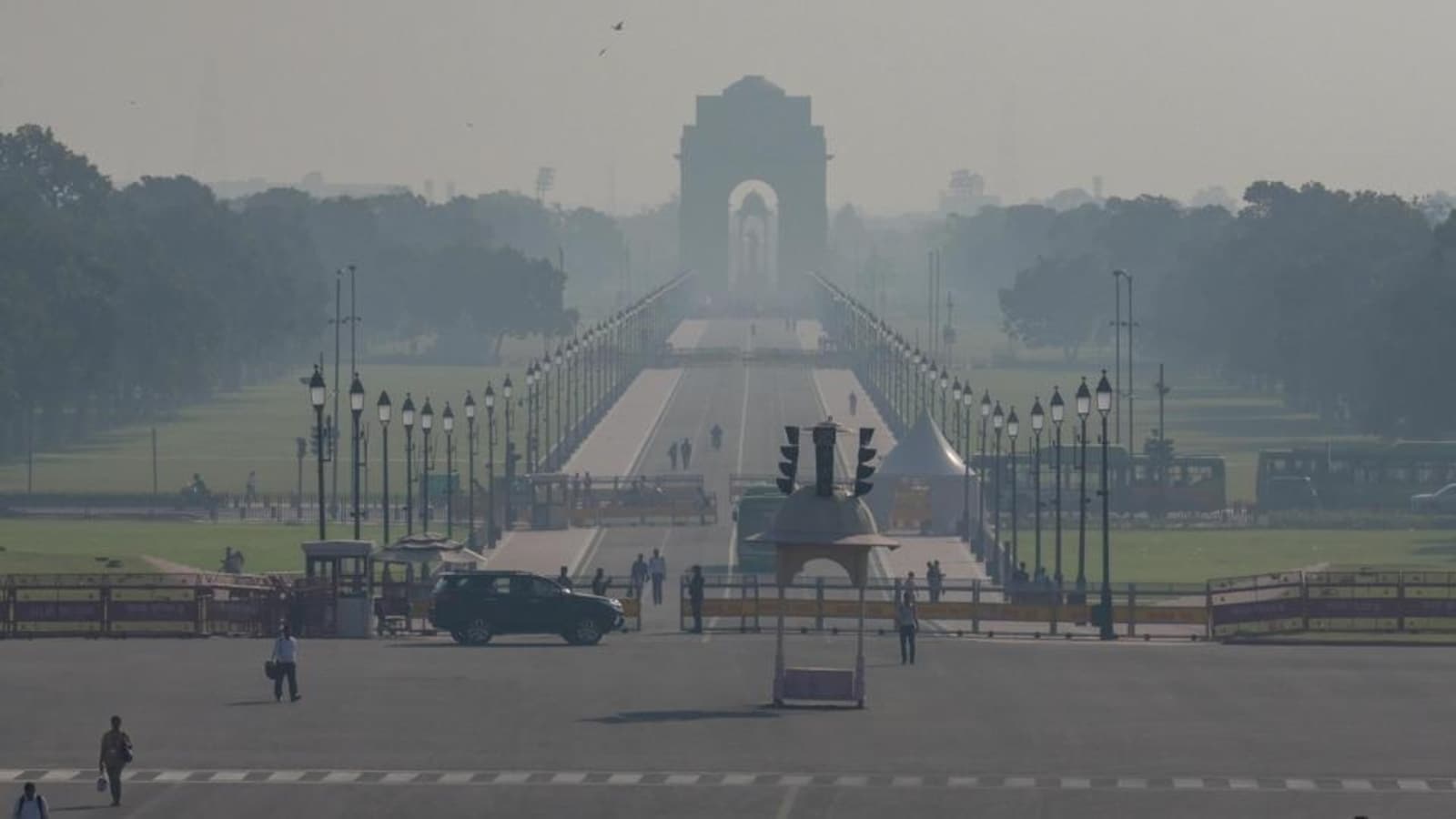

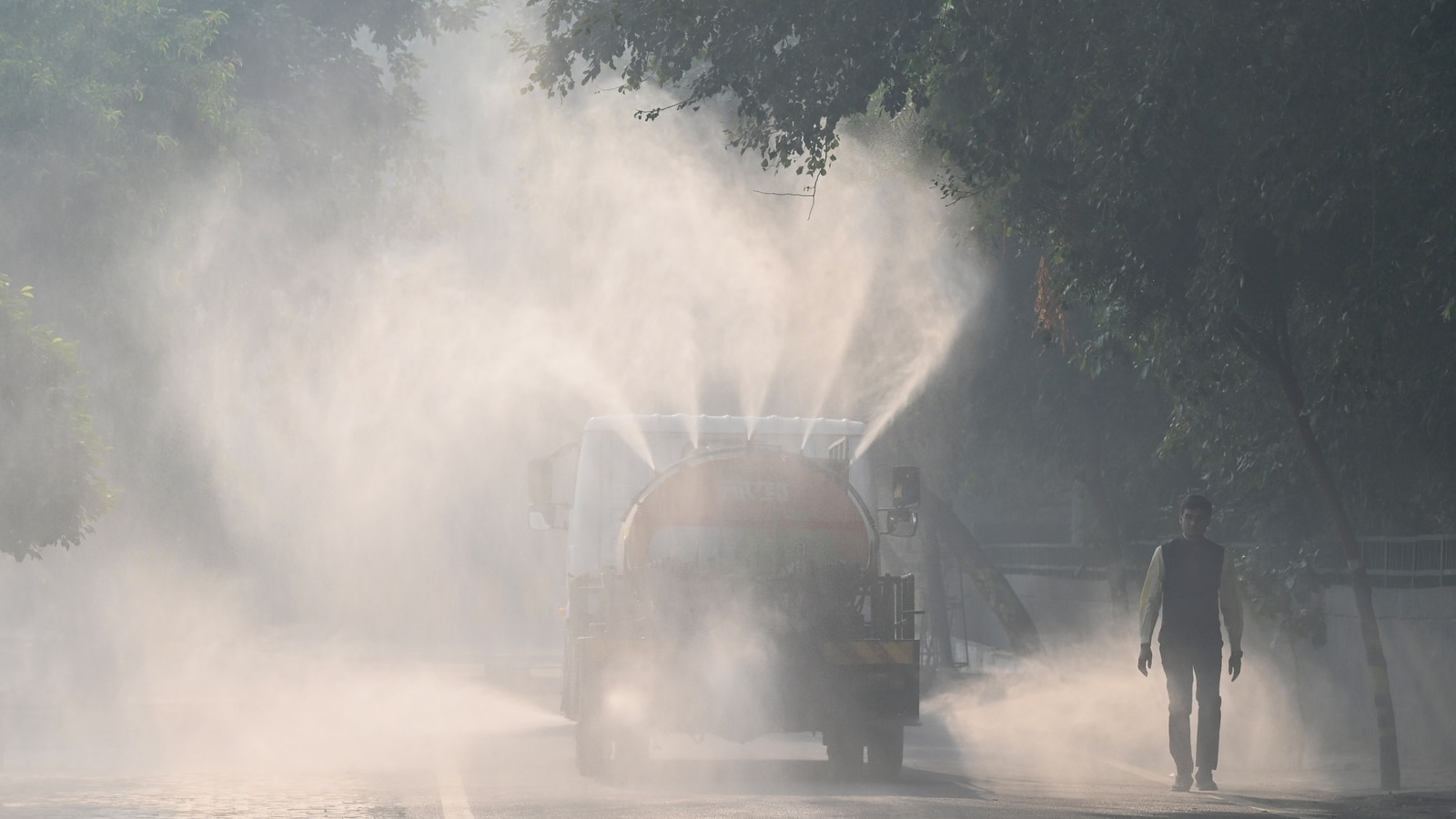
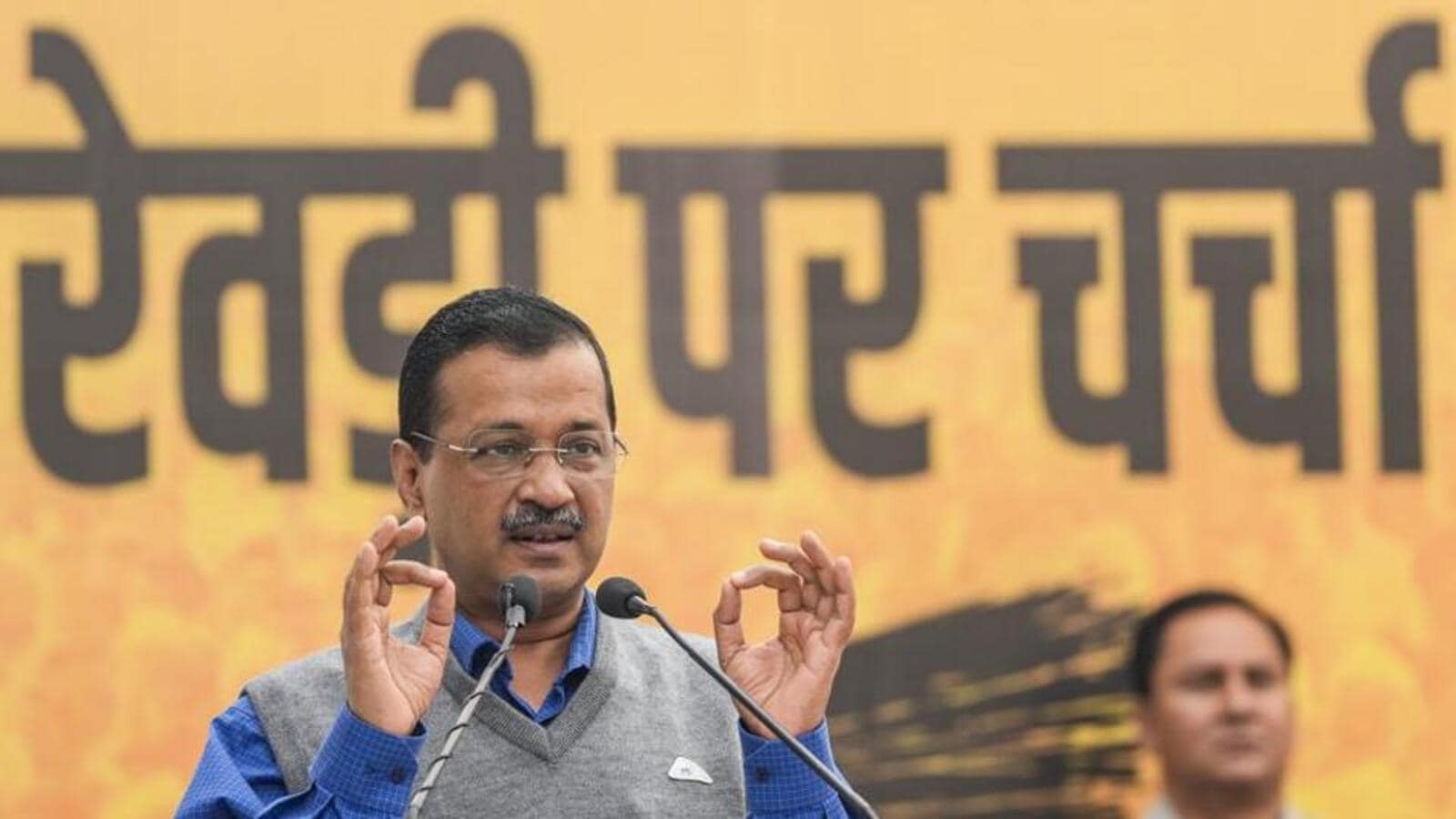
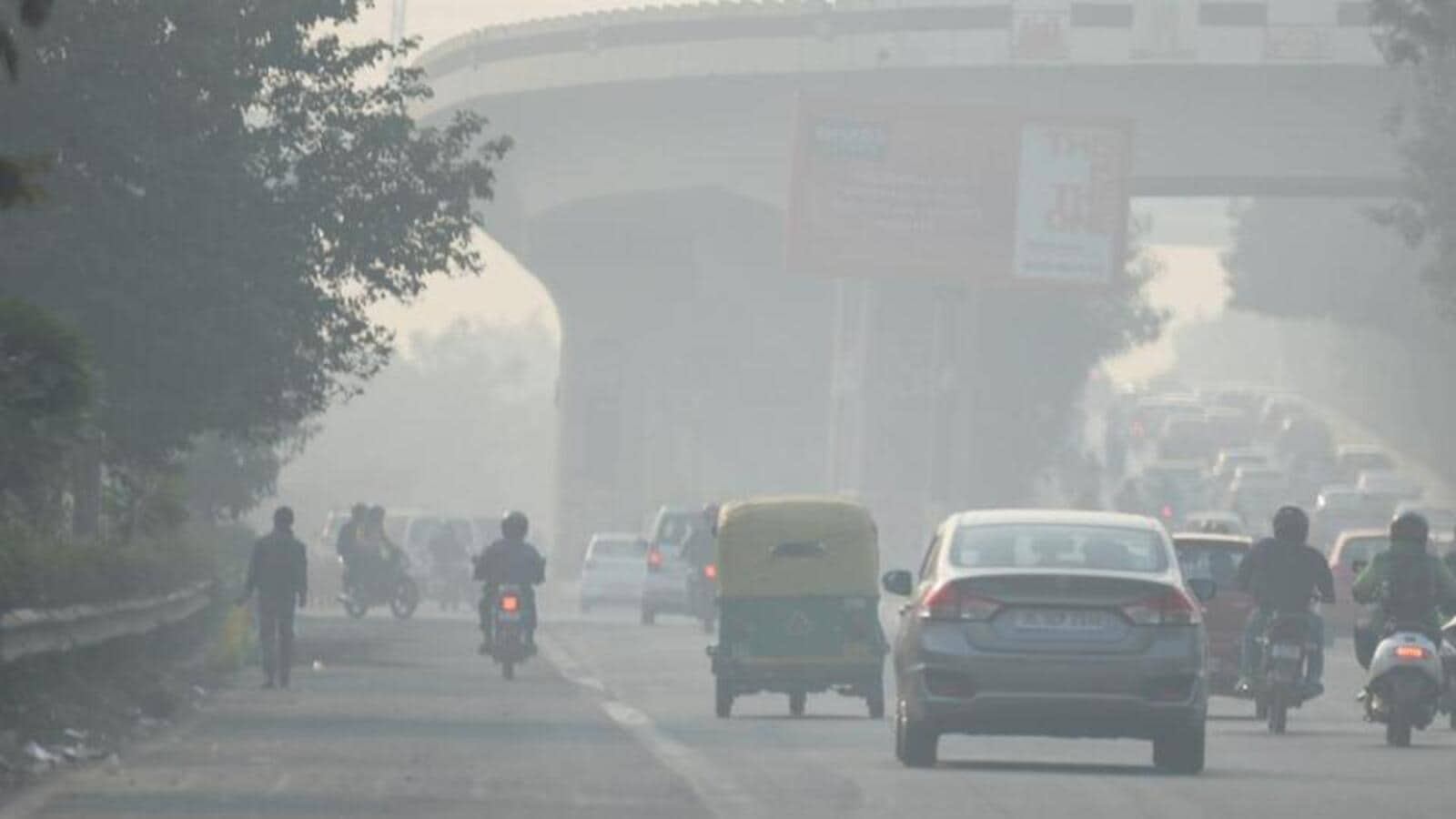
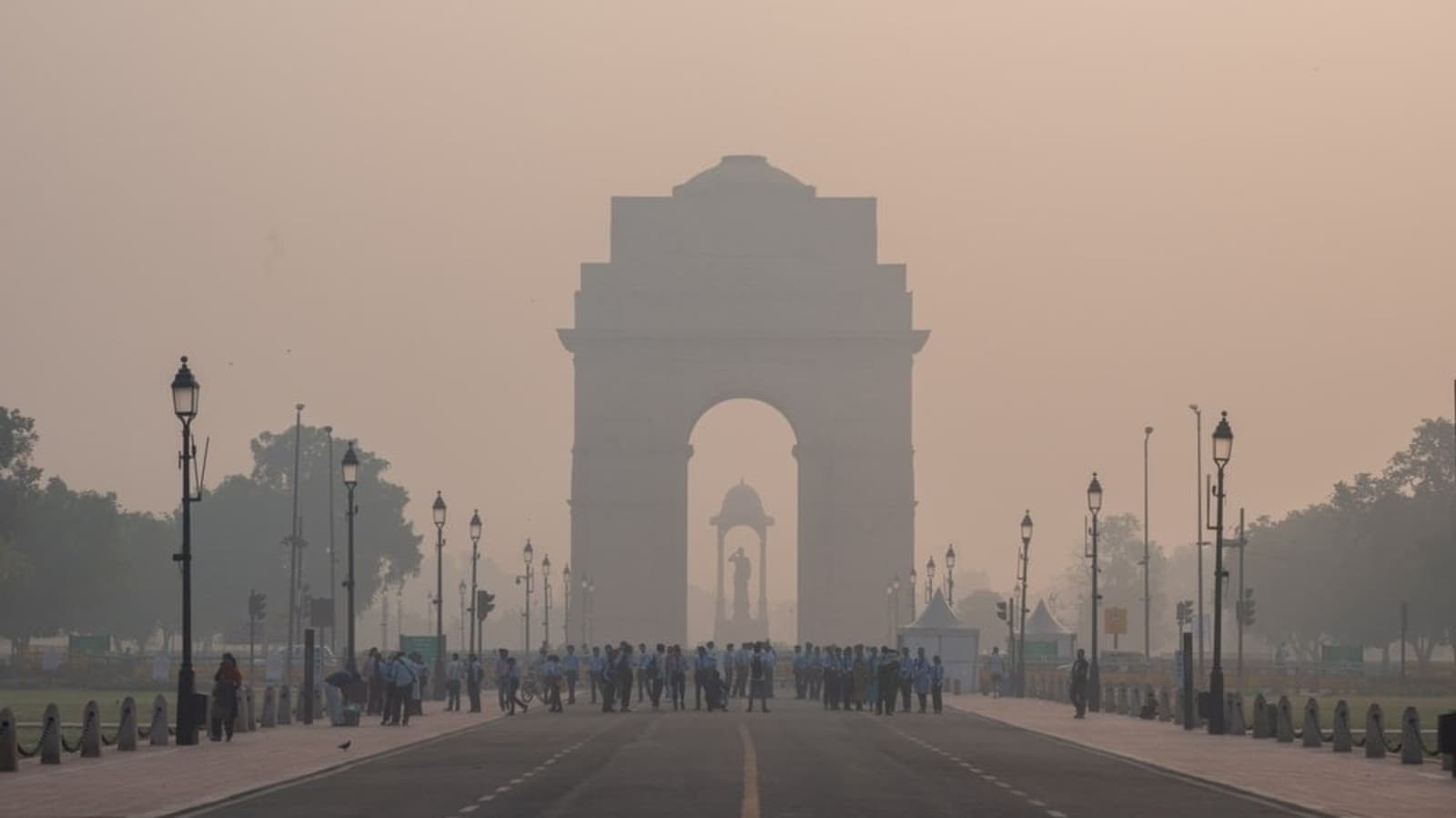




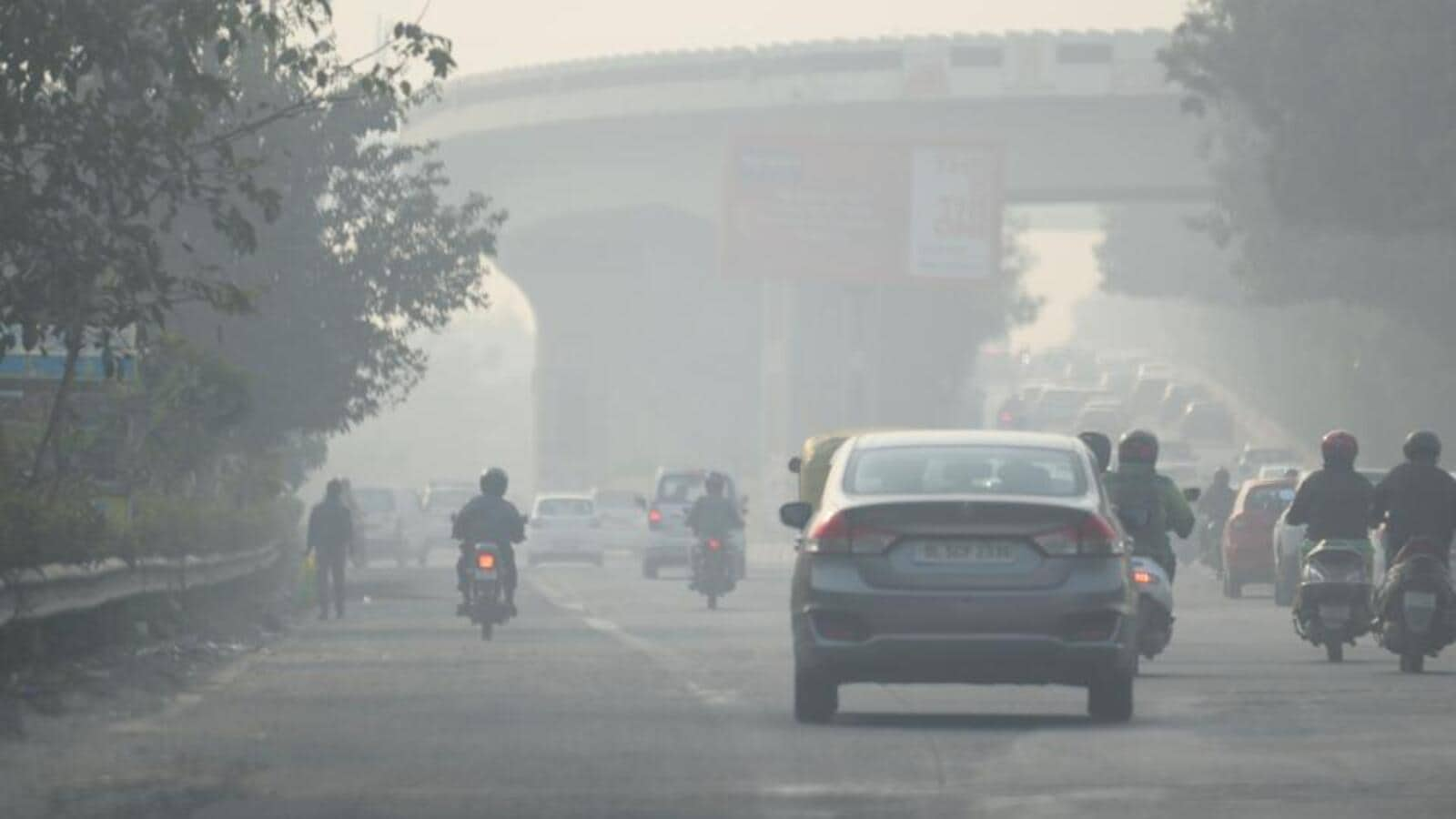
Leave a Reply